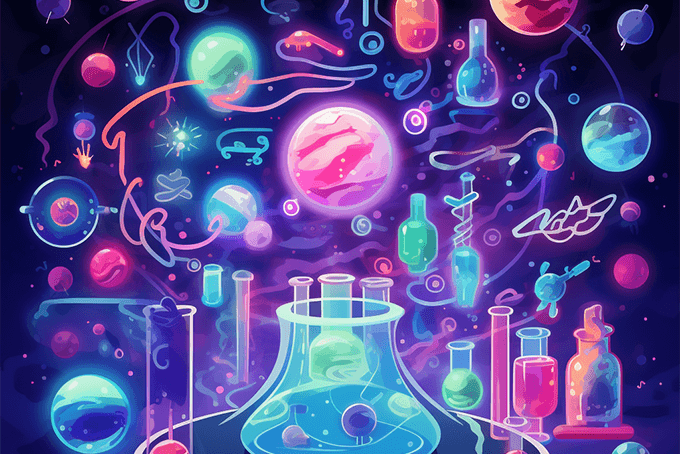With warm weather right around the corner, kids, and adults, are looking for something fun and educational to keep busy and occupied. Learning in school or at home can be a fun scientific experience through simple and easy science projects and activities. With the help of basic materials, creativity, and lots of enthusiastic hands, these fun science projects are a great way to spend a sunny afternoon.
Science activities should be an engaging way to bring learning and fun together, and these activities do both. Not only are basic scientific method concepts brushed upon, these projects can be easily added to and adjusted for different age levels. It is all about how far you want to take the experience, and how much fun you want to have with science. And, during science fair season, these basic beginning science activities could be stepping stones towards more advanced and documented projects.
Setting a Fun Science Scene
Before beginning any fun science proceedings, it is important to assess the environment and age of those involved. Take into consideration if protective gear should be worn, such as gloves or goggles, and if activities should be done indoors or out. Fun science activities are even more exciting when they can be accomplished in the great outdoors.
So, gather around, get out some basic materials, and get ready to have some fun with science! Here are a couple of exciting science activities that are fun for all:
Invisible Message on a Paper
The art of secrecy has been around since the dawn of time, and creating invisible ink was just another step in creating ways to get secret messages from one place to another. The idea of sending top-secret information during the American Revolution gained much popularity, causing the mystery of invisible ink to hit the mainstream!
To create your own invisible ink, all that is needed is a liquid acid and some sort of writing utensil. The best and safest option for an acid is lemon juice, and using a cotton swab works wonderfully as a writing utensil.
Start by squeezing the juice of a lemon into a small container and adding a couple of drops of water. Now dip the cotton swab in the mixture and use it to write on a sheet of paper. The message will be visible until it dries and then stay invisible until it is held over a heat source, such as a light bulb.
Give the super-secret note to a friend and see if they can figure out how to decipher it. Take the experiment to the next level by trying different colors of paper. What happens if the paper is used with a different heat source, like leaving the paper in the sun?
Bubbling Blobs
The wonders of liquids can be explored with this simple and fun science project, creating the opportunity to discuss different weights of fluids and how they interact. The end result is enjoyable and can be observed for days and days!
Start by filling a washed and dried liter plastic bottle with ¾ cup water. Using a funnel, add vegetable oil to the water until the bottle is almost full, leaving about an inch of room at the top.
Now slowly drip several drops of food coloring into the mixture and watch as the water, oil, and food coloring mix and separate.
For the final effect, drop half a seltzer tablet into the mixture and see what happens! Alka Seltzer works really well.
Because oil is lighter than water, the water sinks to the bottom, and due to intermolecular polarity, the two do not mix. The fizzing tablet makes everything even more interesting due to its ability to create gas. The activity can be taken to the next level by using different sized containers or oils. Create a chart with the discoveries.
Solid Milk
When one thinks of milk, what comes to mind is a white liquid that is somewhat sweet and commonly poured over morning cereal. But, milk contains ingredients that interact with other elements causing interesting results.
Have an adult help heat 1-cup milk over medium heat until it is warm, but not boiling. Place the warm milk into a mixing bowl.
Now measure 4-teaspoons of white vinegar and add it to the milk and then stir for about a minute. Position a strainer in the sink and pour the milk through the strainer.
Investigate what has been left in the strainer. Once rinsed and cooled, the white blobs can be squished and squeezed together into a form and left to dry for a couple of days.
This activity can be taken to a whole new level by investigating how this fun science activity leads into the cheese making process, and by making a batch of your own cheese in the comfort of your own kitchen!
Whether rain or shine, fun science projects are a great way to spend an afternoon learning and experimenting. Along with discovering new concepts, these projects offer end results that can be enjoyed over and over!
